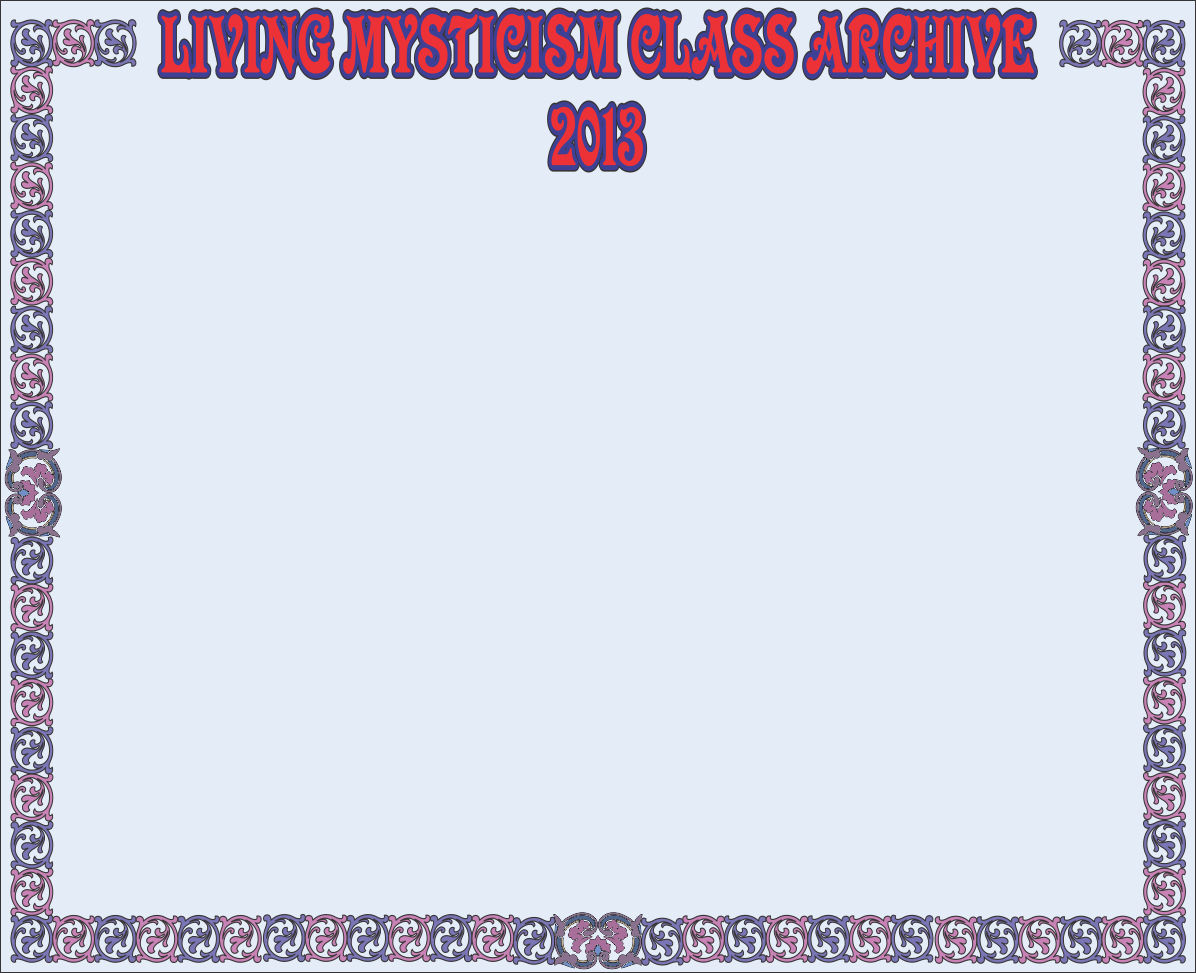

"Crying for a Vision" apparently is or has been a common practice among the Native Peoples of this country. We first learned about it at the museum of the Crazy Horse Memorial in the Black Hills of South Dakota. Some of the reasons given for "Crying for a Vision" are: for further understanding of a vision or teaching; for a specific prayer to Great Spirit (Waken Tanka); to thank Great Spirit; to realise one's closeness to All Things, especially Great Spirit; also to prepare for the Sun Dance but that, as a non-native, was of course unfamiliar.
Charque and I hiked up Bear Butte near Sturgis, South Dakota, as part of our "Crying for a Vision". Bear Butte, or Maho Pata, was and is considered a sacred space to the Native Peoples of the area. It is a volcanic finger of lava that, reaching upward, never broke free from the earth to become an actual volcano i.e. it didn't reach the surface, so never erupted. The soft earth eventually washed away from around the hard magma core, leaving the Butte standing out all alone on the plains. Mystically it felt like the core of the earth reaching up for a vision of the heavens. Through time, it becomes the vision sought for. That is what to us makes Maho Pata a sacred space. Devil's Tower in eastern Wyoming has a darker feel to it but is the same phenomenon.
Neither the hike up Maho Pata, nor its message were at all what we expected. Some visions or messages can be quite humorous, just because they are so different from what you expect. All the more reason to "Cry for a Vision". Whoever said that Great Spirit does not have a sense of humour!
However, "Crying for a Vision" is a very serious and focused practice of communicating with Great Spirit, for any or all of the reasons listed above. A particular place or ritual might help to focus a vision, but that is, of course, a matter of personal choice. The strength of the practice obviously lies in your intent and desire to communicate with Great Spirit, whatever preparations or practices you associate with it.